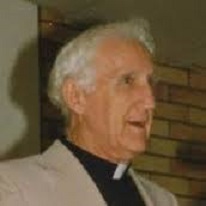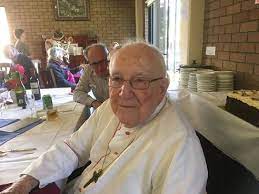A read for the Public Holiday: The Queen, First Nations’ connections, some MSC links.
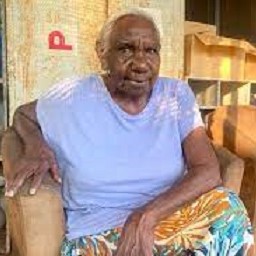
Do you know the Max Stuart story? A Queen Elizabeth story, Max Stuart, the assistance of Fr Tom Dixon, prison sentence, the Central Land Council and welcoming the Queen to Alice Springs.
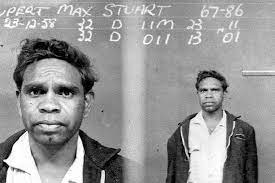
Rupert Maxwell (Max) Stuart (c. 1932– 21 November 2014) was an Indigenous Australian who was convicted of murder in 1959. His conviction was subject to several appeals to higher courts, the Judicial Committee of the Privy Counxoncil, and a Royal Commission, all of which upheld the verdict. Newspapers campaigned successfully against the death penalty being imposed. After serving his sentence, Stuart became an Arrernte elder and from 1998 till 2001 was the chairman of the Central Land Council.
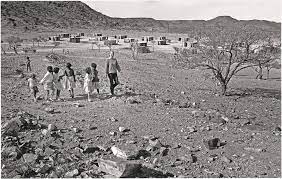
In 1954 Fr Tom Dixon was re-assigned to a mission that M.S.C. had founded near Alice Springs, Santa Teresa. Founded to service the Arrernte Aboriginals, nuns ran the mission school and clinic while lay brothers worked as handymen. Dixon was responsible for the church and learnt to speak Arrernte in order to preach to them in their own language. He introduced not only Mass to local Aboriginals but also the Cabbage to their diet. The indigenous women and children were largely permanent residents at the mission while most of the men moved around following seasonal work. Almost all the children and many of the women were baptised as Catholics however, the men tended to be baptised Lutherans as they were more accustomed to attending the Hermannsburg Lutheran mission, 160 km (99 mi) east of Santa Teresa.
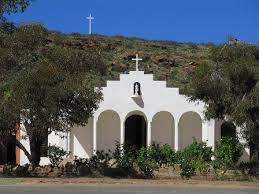
As many of the Aboriginals lived in huts made from corrugated iron, Dixon organised the local men to build houses to replace them. Local stone was chipped by hand with the locals given rations while they worked on their own home with an additional cash allowance when they worked on some one else’s. Within two years every family lived in a stone house.
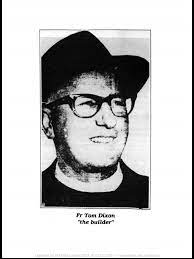
In 1956, Dixon moved to Adelaide where he was appointed as Curate for the Hindmarsh Parish that M.S.C. had begun after receiving permission from the Catholic Archdiocese of Adelaide.
In 1959 Rupert Max Stuart was on death row awaiting execution for the murder of Mary Hattam. Stuart had already visited with a Salvation Army officer and a Lutheran pastor when Father John O’Loughlin, the Adelaide Goal’s junior Catholic Chaplain met him. Stuart was not very communicative due to his limited English and O’Loughlin mentioned this to his friend, Father Tom Dixon who lived in a presbytery in nearby Hindmarsh. As he could speak Stuart’s native language, Dixon decided to visit and help prepare Stuart for death.
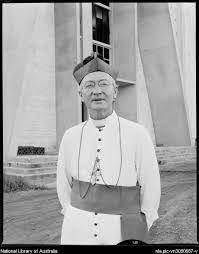
Stuart insisted he had not killed the girl and Dixon initially suspected he was looking for sympathy. By May 14, the execution was eight days away and Dixon had become convinced that Stuart was telling the truth. He contacted J. D. O'Sullivan, Stuart’s solicitor who gave him a copy of Stuart’s confession. After reading it, he concluded that Stuart could not have dictated it. Dixon had read a book on Arrernte grammar written by T.G.H. Strehlow and asked him to check Stuart’s language for comparison with the confession.[1] Strehlow had been born at the Hermannsburg Lutheran mission where his father was the pastor and had spoken Arrente before being taught English. As it turned out, Strehlow had grown up with Stuart and knew his parents well. Strehlow visited Stuart on May 18 and for the first time his alibi was heard in English after being translated. On the matter of the police confession, Strehlow wrote:
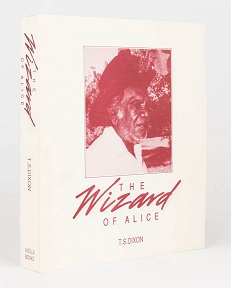
"In my ten years of varied experience of evidence given by Aboriginals, part Aboriginals, police officers and white residents of the Northern Territory, I had never seen a document even faintly resembling the one I was now looking at. Far from bearing any resemblance to any statement ever made by an Aboriginal or part Aboriginal person....(the document) could have been composed only by some person who was well versed in legal procedure and in the practice of giving court evidence."
On May 20, Stuart applied for leave to appeal to the High Court based on Strehlow’s findings and Justice Reed granted a stay of execution with a new date of June 19 set. On June 18, a further extension to July 7 was granted to allow time for a decision, which was handed down on June 19. Leave to appeal was denied.
On June 22, Dixon contacted Dr. Charles Duguid, who ran the Aborigines’ Advancement League, to discuss Stuart’s situation. On June 27 a meeting of the League, university teachers, clergymen and representatives of the Howard League for Penal Reform was held in Duguid’s Magill home where Dixon and Strehlow gave a talk. It was decided to mount a campaign to keep Stuart alive and the distribution of petitions for commutation were arranged.
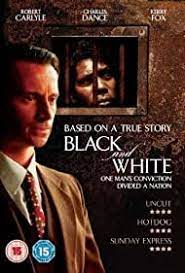
In 2002, a film was made about the Stuart case, Black and White, with Colin Friels playing Fr Dixon
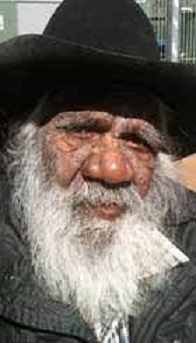
After 11 years in jail and decades of parole, Stuart went on to lead a second life as a respected tribal Arrernte man, welcoming the Queen Elizabeth II to Alice Springs on at least one occasion. And connections – he was appointed as Chairman of the Central Land Council by Pat Dodson.
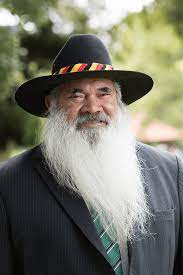
And Miriam Rose Ungenmerr,
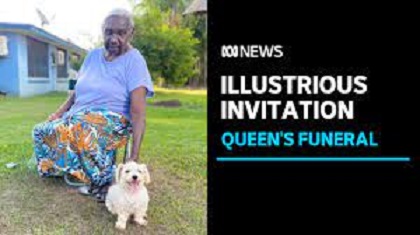
Daly River, Teacher, St John’s College, Darwin, Paintings, Australian Senior of the Year,

travelled with the Governor General and the Prime Minister as an Australian representative at the Queen’s funeral.
PS. Knighthoods. PNG retained knighthoods after Australia decided to make its own awards. Virgil Copas MSC, Archbishop of Port Moresby, and Des Moore MSC, bishop of Eastern Papua, both were knighted, Sir Virgil and Sir Des.
